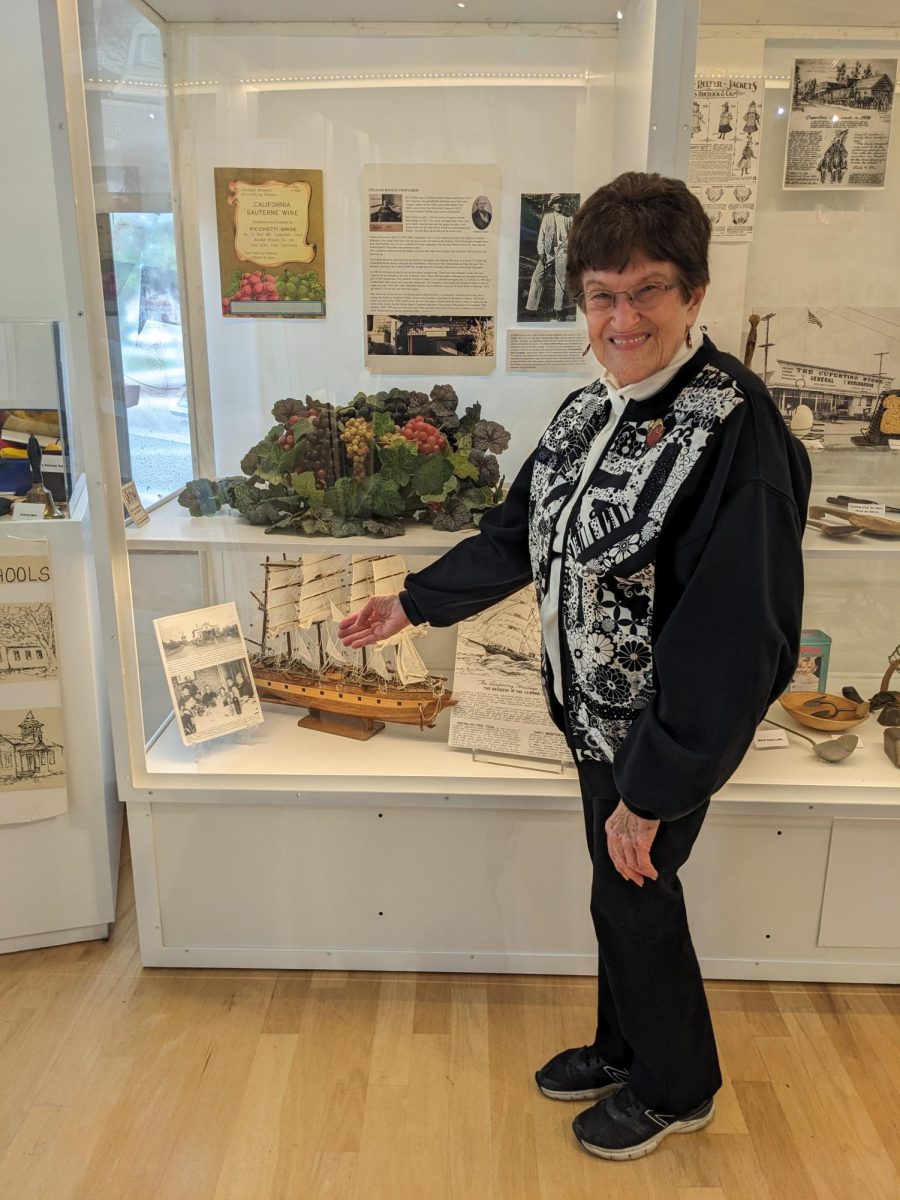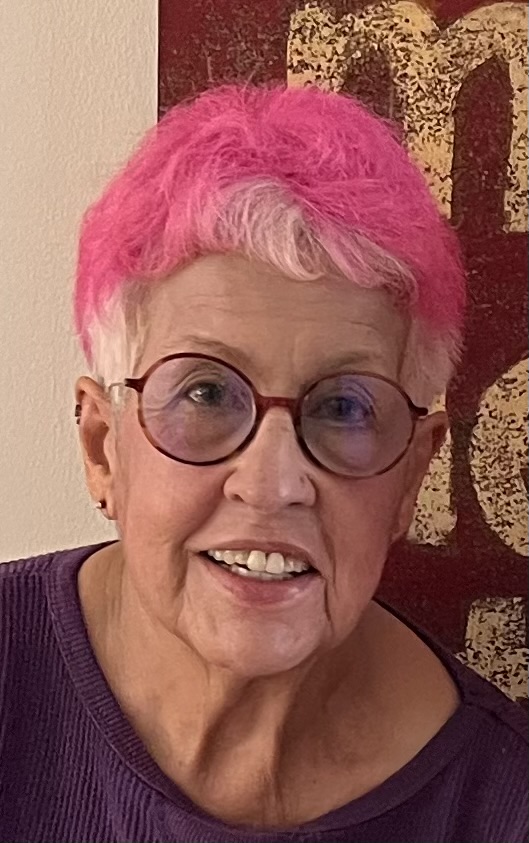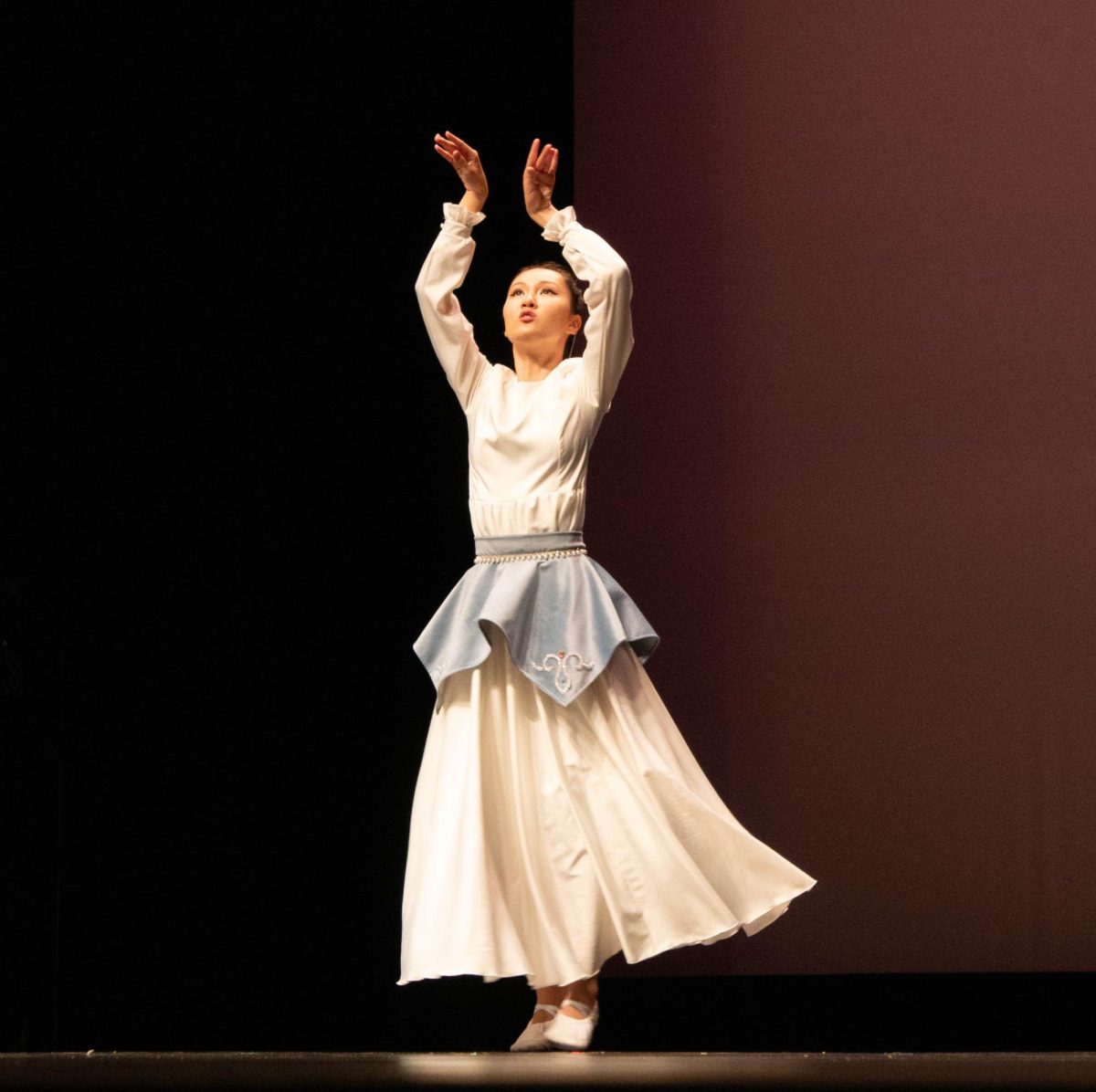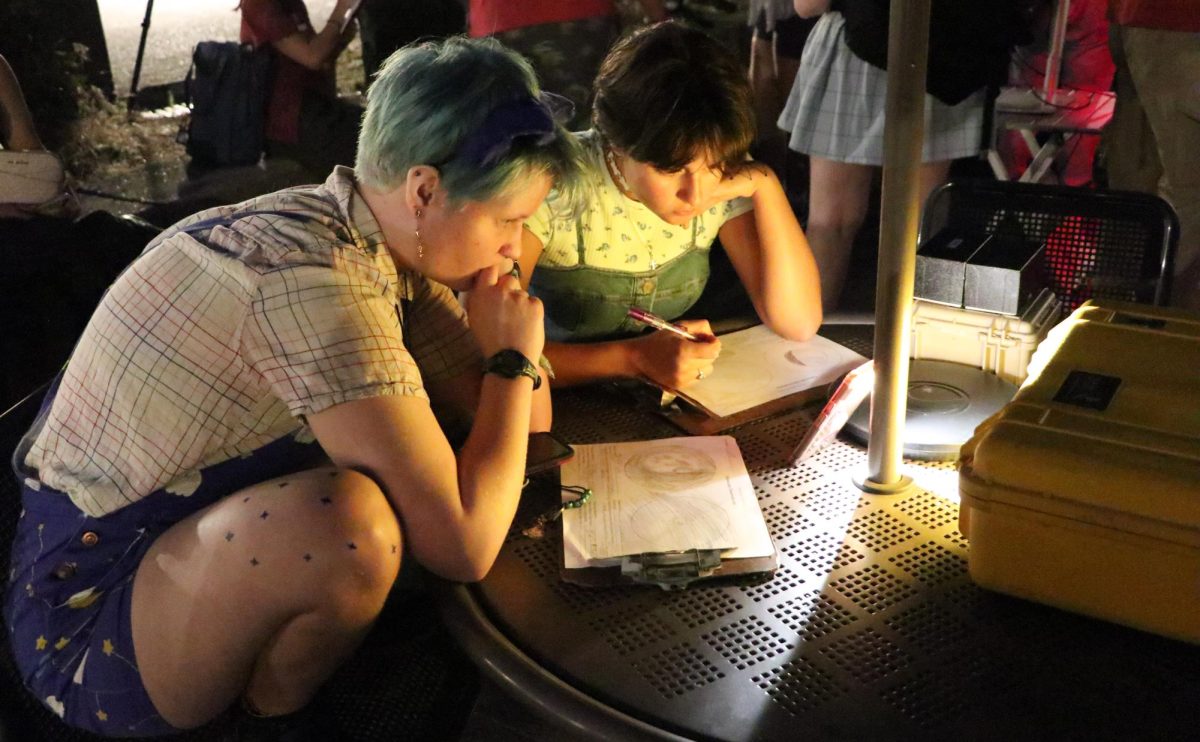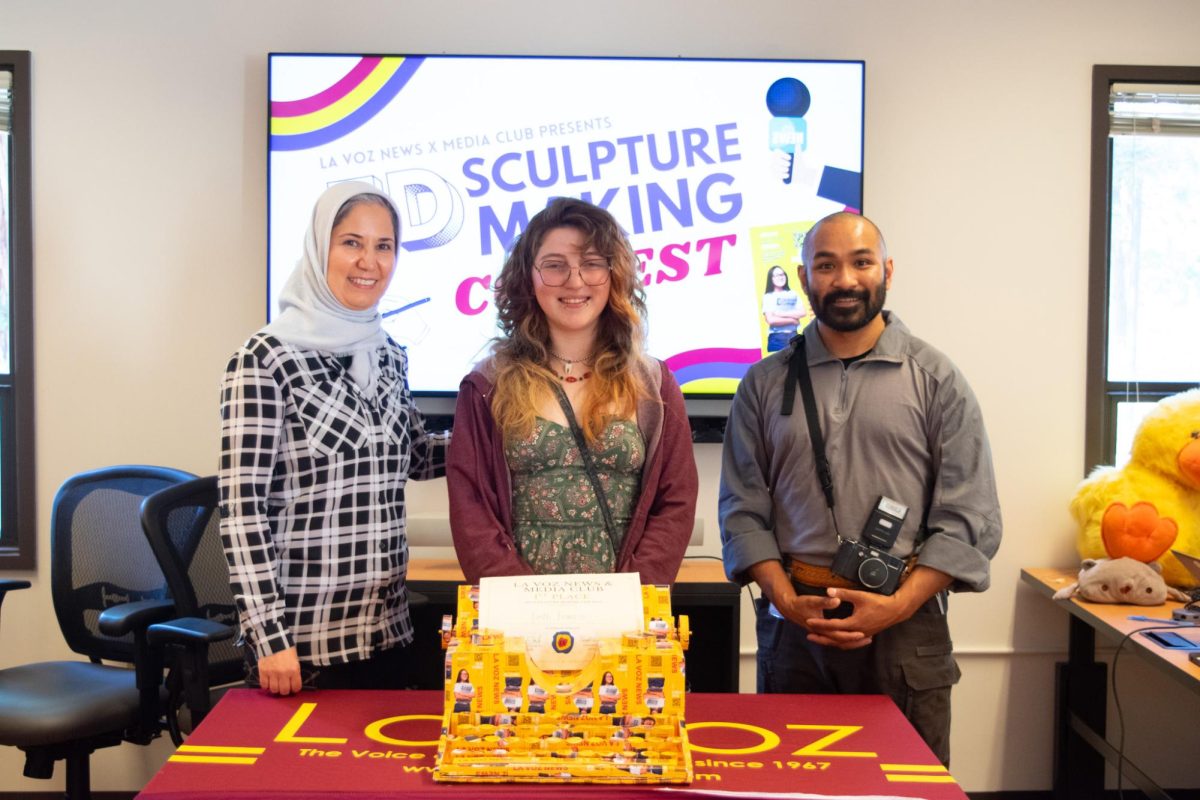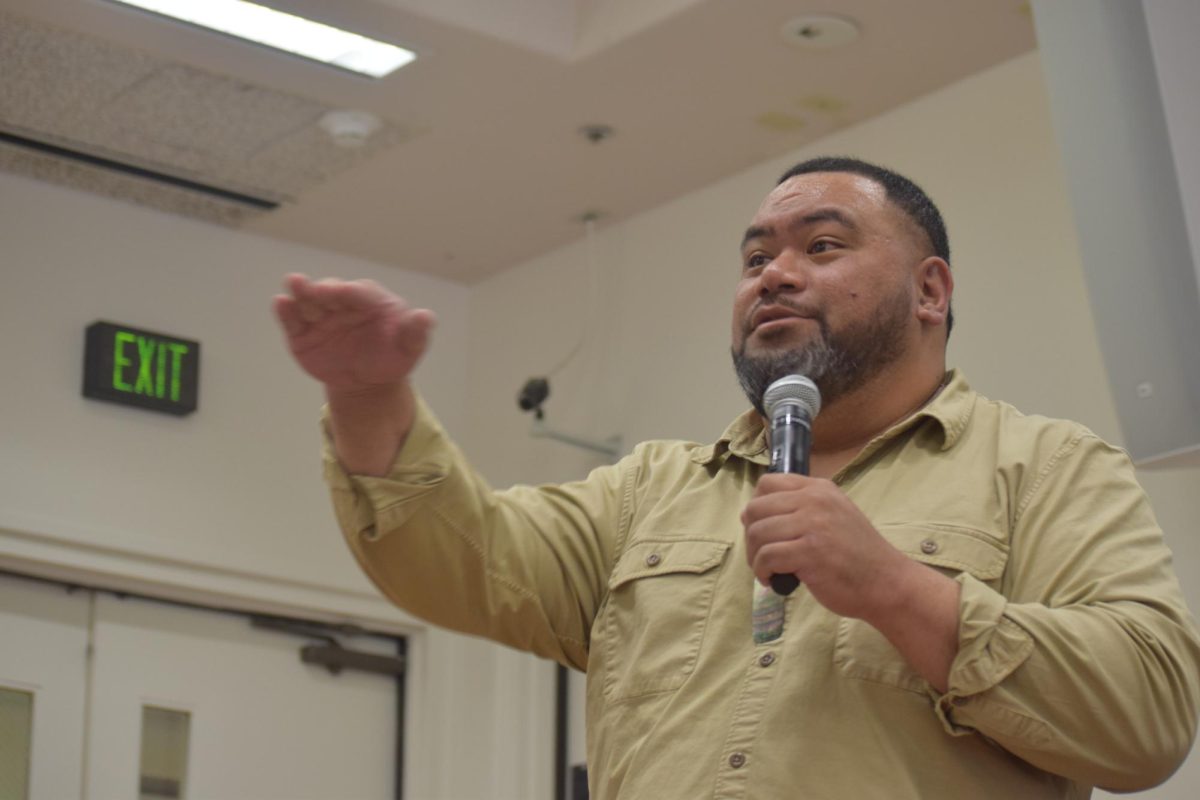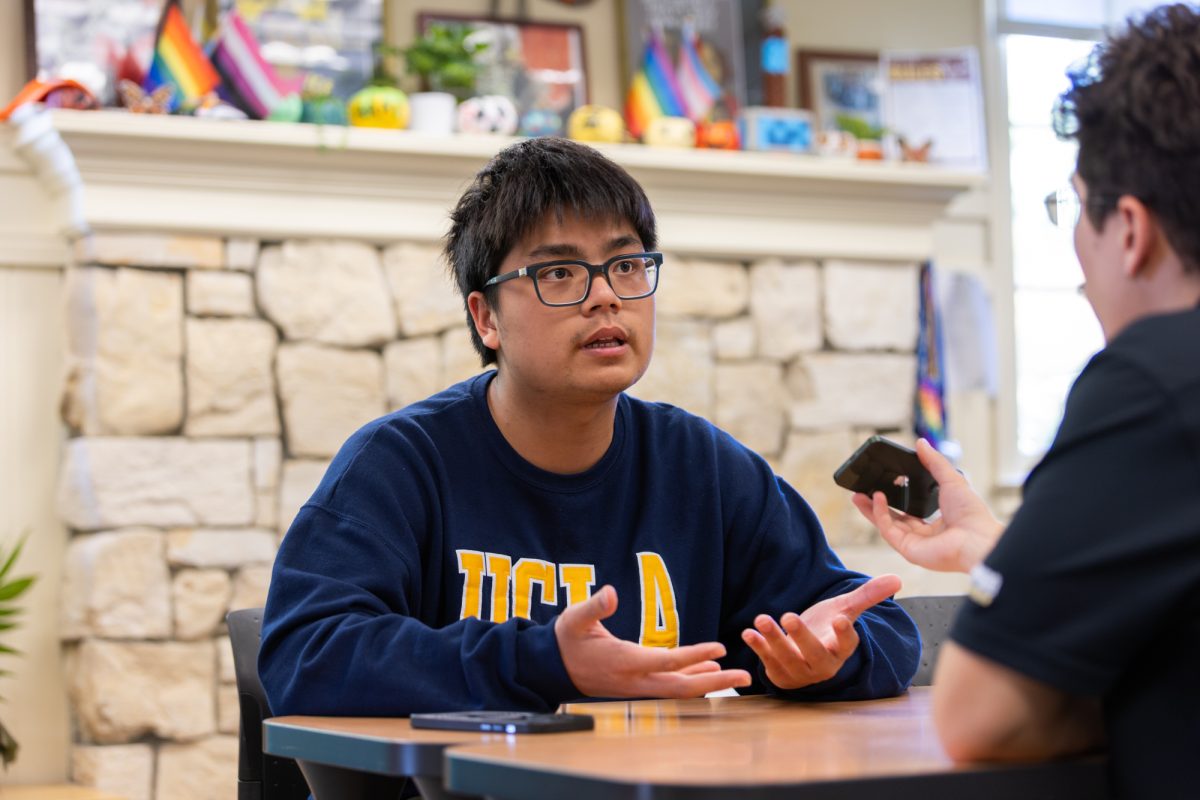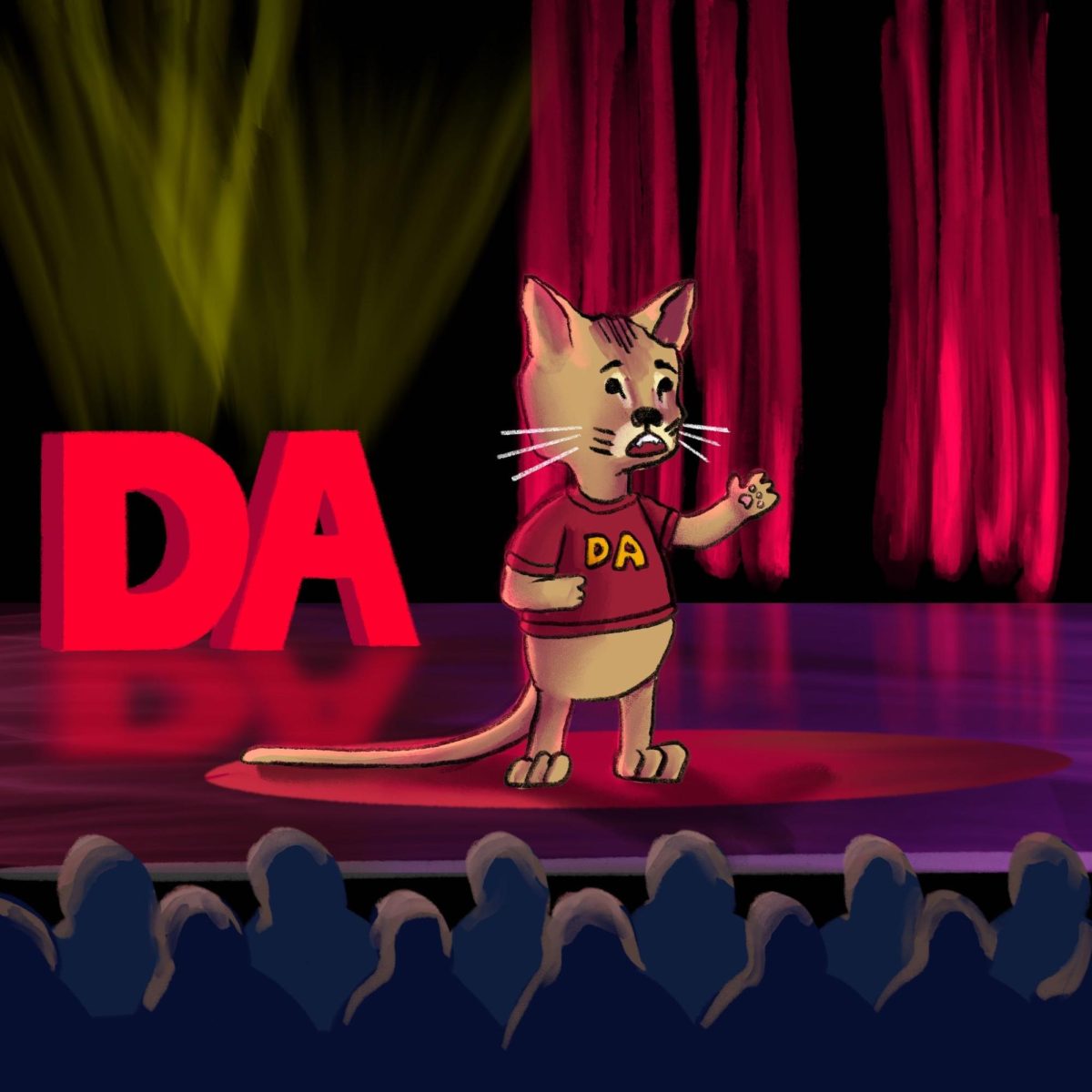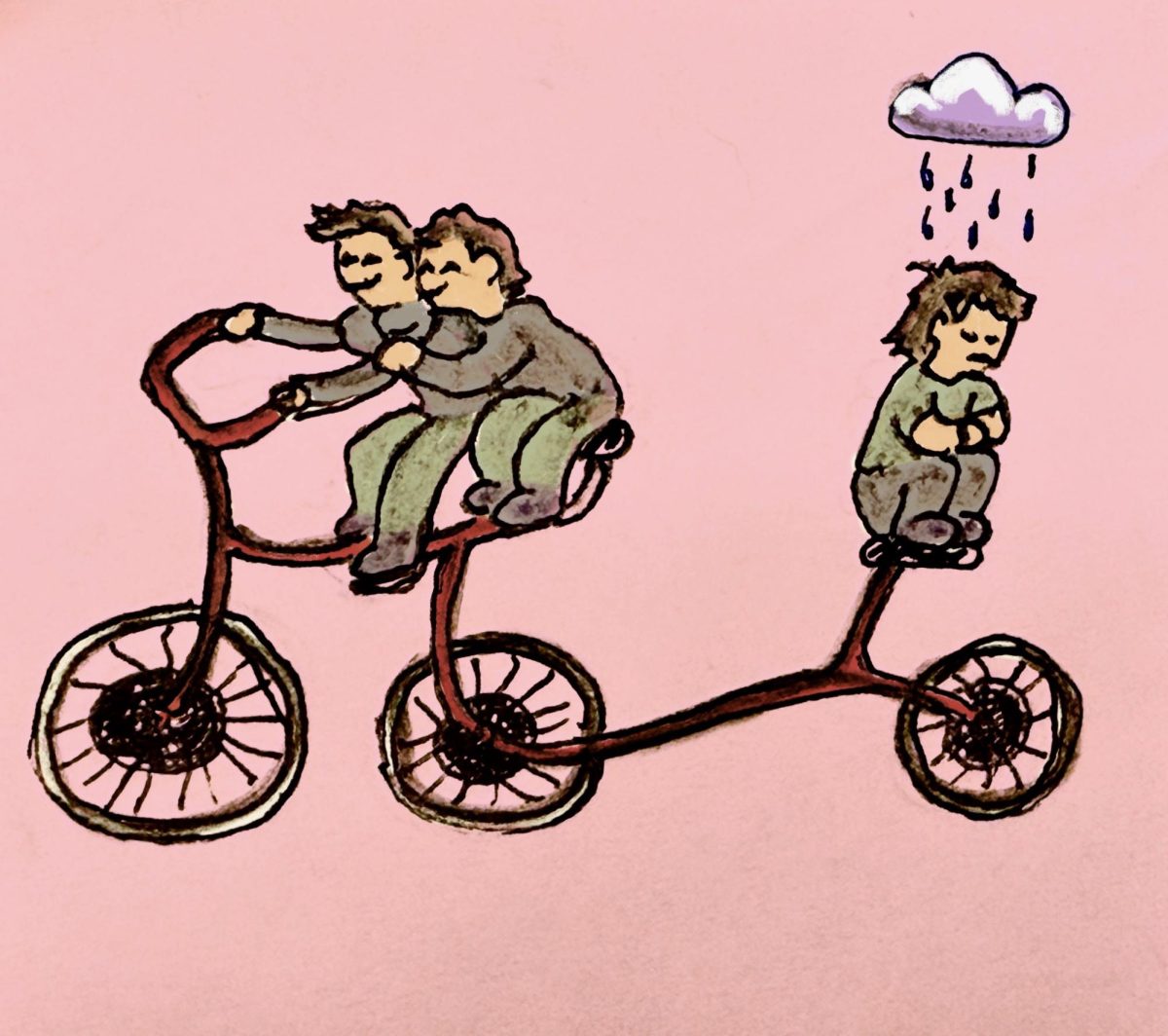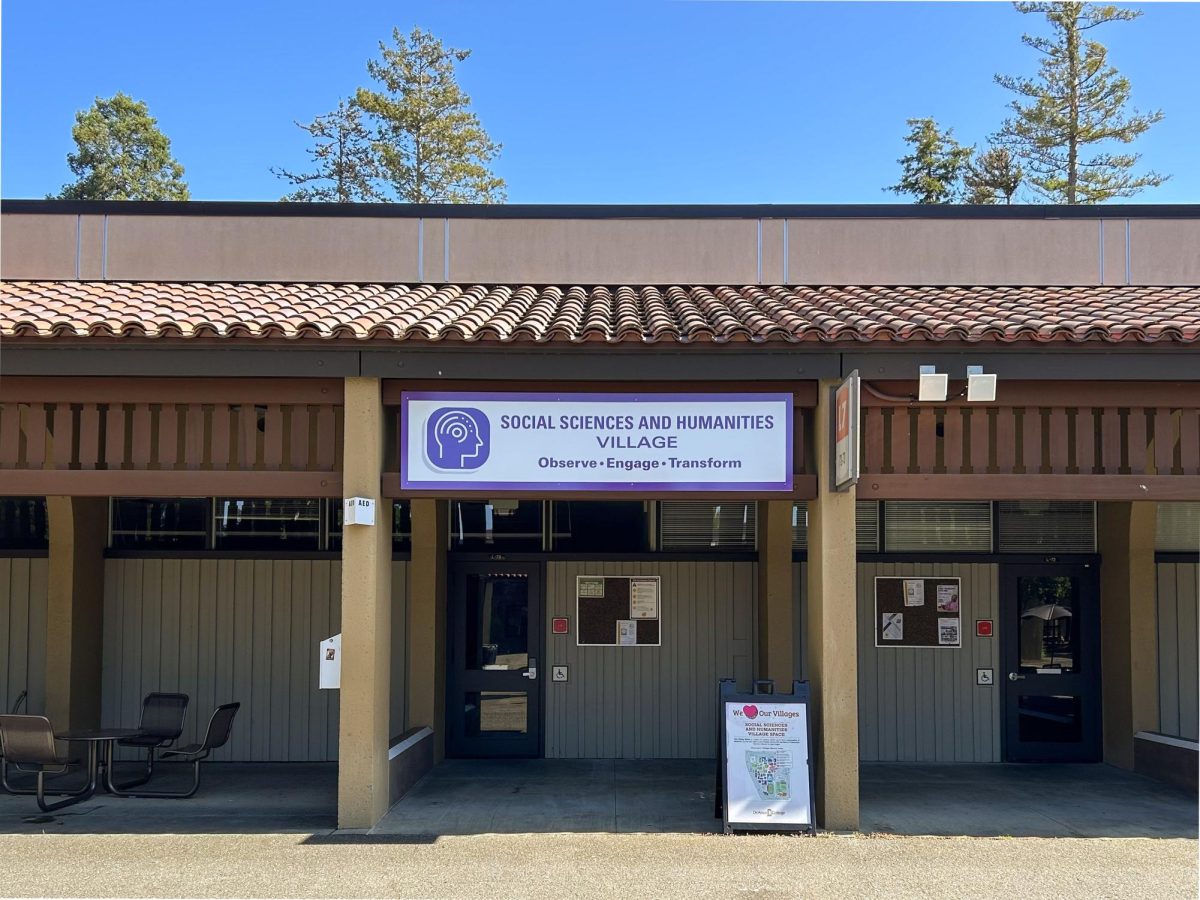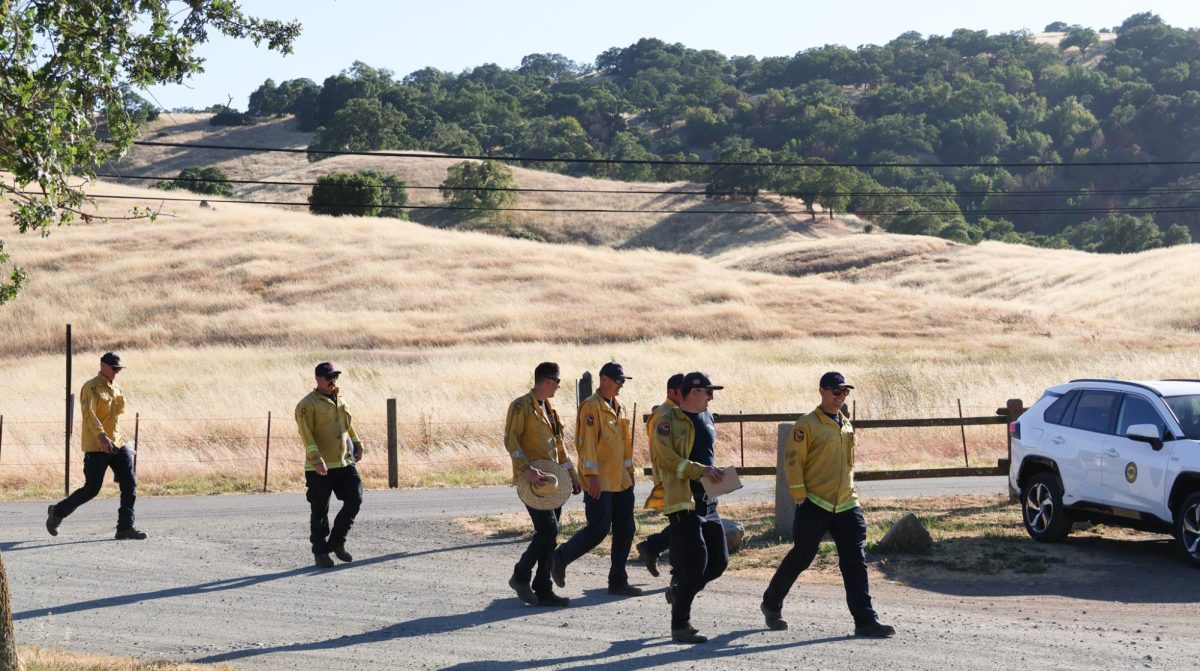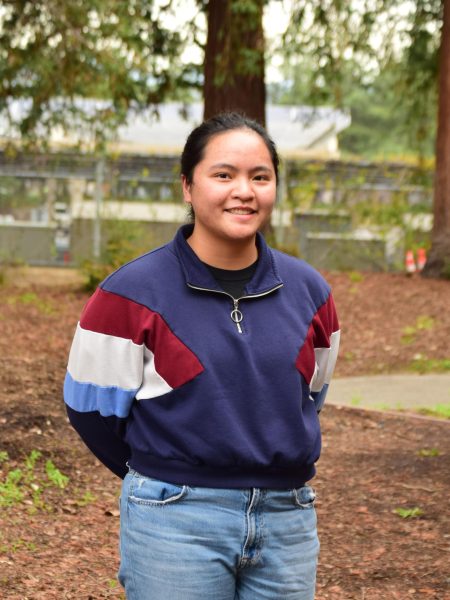Home to many historical artifacts, the Cupertino Historical Society and Museum aims to share the rich, diverse history of Cupertino.
Located at the Quinlan Community Center in Cupertino, CHSM was established in 1966 as a private, non-profit educational organization.
The museum collects, preserves and presents artifacts and oral histories, with collections spanning over 100 years of Cupertino’s history. These collections contain more than 5,000 items such as manuscripts, graphics, photographs, books, artifacts and other relevant objects.
Gail J. Hugger, 80, a historian at CHSM, elaborates on the mission of the museum.
“It is storytelling, a lot of it. Not just certain people’s stories, but everyone’s stories,” Hugger said. “Many countries in the world have a very strong storytelling tradition: that’s how people pass on their values and culture.”
According to CHSM’s official website, the museum has spent the past few decades sharing stories of Cupertino’s past to communities, schools and other organizations.
Donna Austin, 84, a community activist and historian, describes how important it is for communities to learn about the histories and stories of Cupertino.
“The history of an area is so important, (it shows) what came before us and we can learn from our history,” Austin said.
In order to achieve their mission, CHSM hosts a wide variety of events and activities for the public. One of the main attractions is the museum exhibits, which display various artifacts and dive into the stories of various topics relating to Cupertino history.
Hugger describes the significance of planning and creating these exhibits.
“Exhibits are really important because we can celebrate different cultures, families and individuals and the crafts that they did. You learn about their lives and how they impacted history,” Hugger explained.
There are many other activities that are held by CHSM, with one of the most popular ones being the Traveling Trunk program. Members are invited to come to classrooms and give informational presentations to students, bringing the “trunk” with them which contains historical artifacts.
“We visit schools and talk to third graders about a subject in their social studies curriculum … and we bring exhibits to them that relate to it,” Austin said.
Hugger, who is very involved in the Traveling Trunk activities, shares her experience with the program.
“What we have are rolling suitcases — we have one that has school and farm artifacts, one that has clothing and one that has kitchen artifacts. We take these to the schools … and then we talk to the students about what these things are and how people used them, and how they lived their lives. … The kids really like it, and they ask so many questions,” Hugger said.
CHSM also hosts events called “Speaker Series,” which invites influential individuals, whether they are famous or are involved in the community, to speak to audiences.
The museum also participates and hosts many festivals throughout the year.
Zorka Darlene Keenan, 81, a CHSM member and museum docent, gives some insight into the festivals that CHSM partakes in.
“I like working when there are other festivals in the year; I know that’s good exposure for the museum. Last year, we got a lot of exposure during the Cherry Blossom Festival and Diwali,” Keenan said.
However, there are challenges that stand in the way of achieving CHSM’s goals.
Paula Jean Quintero, 80, a CHSM member and past president, gives some insight into the obstacles that the museum faces.
“Two things that come to mind right away: money and people. … You never have enough to do what you would like to do. … The other thing is people because you never have enough funding (so) you need a lot of volunteers — that’s very difficult because in this area people are very busy,” Quintero said.
Keenan elaborates on the topic, mentioning the issue of storage space.
“We’re just overcrowded. Our shelves here in the back (of the) museum are crowded,” Keenan said.
Hugger describes large changes that have been occurring with museums over the past years.
“Museums are trending towards digital representation of artifacts instead of having the actual artifacts that take up space … It takes up less space and you can show more things. But it’s sad in a way. … There’s really nothing like being able to see a printing press or equipment, or just things that people used in their daily life,” Hugger explained.
While museums such as CHSM primarily aim to preserve Cupertino’s history and stories, museums can impact communities in many ways.
“It’s important for people (to) feel like they’re part of the community and learn about what went on before and how it came to be what it is now,” Hugger said.
Austin elaborates on how museums greatly contribute to the community’s well-being.
“It’s so important for us to value our culture and history and where we came from to be a whole and great community. It contributes to the community’s well-being in life,” Austin said.
Keenan explains the importance of understanding our past and how it impacts the community as a whole.
“If we don’t know where we came from, how do we care about each other? It’s important for me to know my neighbors and understand where they came from and what was here before,” Keenan said.
Quintero gives insight into the important, ever-changing mission of CHSM.
“(The mission) keeps changing … to share, educate and try to bring in new people … A lot of people are coming from different countries, and they’re making history today,” Quintero said.
Keenan describes her hopes for the future of the museum.
“The membership of this museum, and most museums, is probably 55 and up. What we need is young people,” Keenan said.
The Cupertino Historical Society and Museum is located in the Quinlan Community Center at 10185 N. Stelling Road in Cupertino (approximately 0.3 mile: around a three minute drive or eight minute walk from De Anza College). It is open 10 a.m. to 4 p.m. from Wednesdays through Fridays, free to the public.



